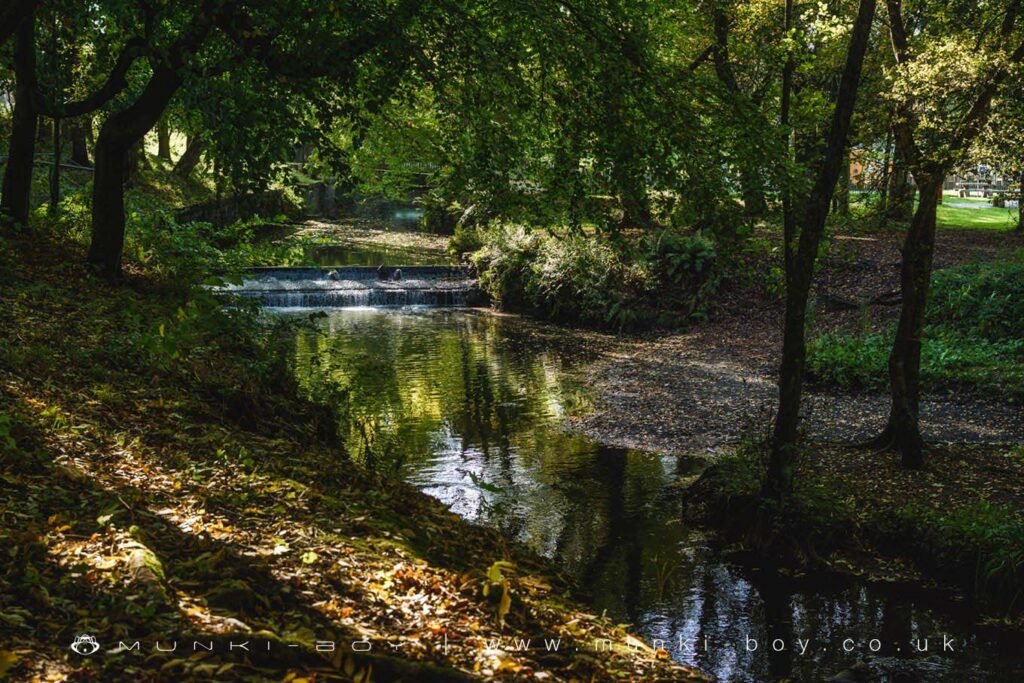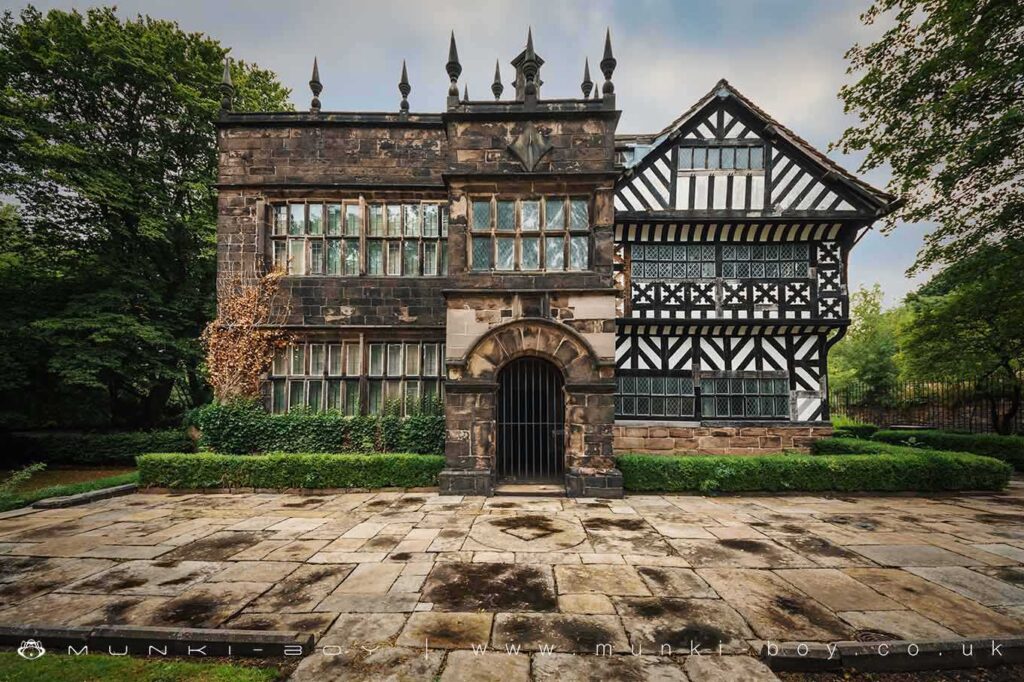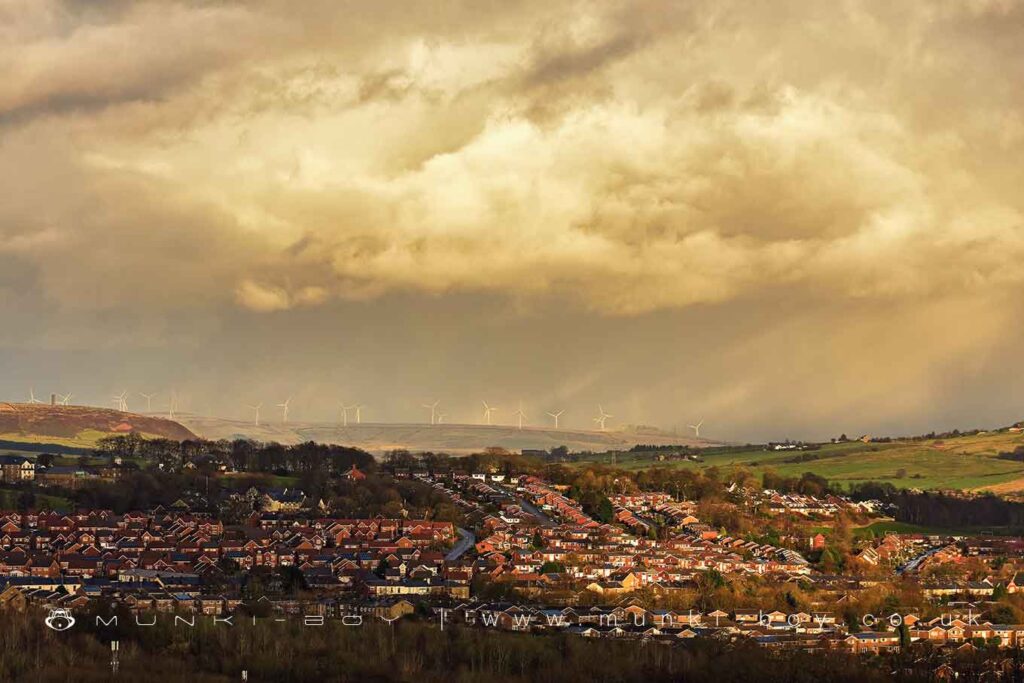
Bolton
Bolton, often touted as the largest town in the country, stands proudly as a quintessential symbol of the northern industrial heritage. With a rich tapestry of history spanning back to the neolithic times and modern attractions aplenty, Bolton seamlessly marries the ancient with the contemporary, offering its residents and visitors an eclectic mix of experiences.
Bolton’s Historical Roots
Bolton’s prominence skyrocketed during the industrial revolution, emerging as a force to be reckoned with in the production of cotton goods. Crompton’s Spinning Mule, an influential innovation of that era, found its genesis here. But the Bolton story began much earlier. Originally known as Bolton-le-Moors, the town’s heart was just north of the modern town hall and shopping precinct. Echoes of the past still linger, like the Saxon remains discovered when an old church was dismantled, suggesting a Saxon church once stood where the current parish church now resides.
The area’s ancient past is etched across the landscape, from the significant monuments on the moors to the tumuli unearthed during expansion. Numerous artefacts from prehistory have been found, ranging from primitive rock implements to sophisticated stone tools of the later stone age.
“Bolton le Moors”, as it was fully named, evolved over the centuries, with Little Bolton—a settlement dating back to medieval times and possibly earlier—serving as its precursor. Little Bolton’s historic essence was concentrated just north of the modern “Town Hall Square,” widely regarded as Bolton’s nucleus.
As a beacon of the Lancashire cotton era, Bolton showcased an impressive evolution, despite the challenges presented by its “dark, satanic mills”. Innovations that catered to the demands of a growing industrial population marked its landscape. But with time, as it integrated into the Greater Manchester conurbation, its central business district has seen challenges, with numerous stores now vacant. However, Bolton’s enigmatic charm remains, evidenced in the myriad historical buildings, mysterious underground rivers, and local legends that perhaps hold more fact than fiction.
Bolton Metropolitan Borough Council
Bolton Council serves as the administrative heart, overseeing a plethora of services essential to the town’s seamless functioning. From education and public health to housing and an extensive transport infrastructure, Bolton council ensures every resident’s needs are met, keeping them informed on the latest public services and local opportunities.
University of Bolton
Established in 2005, the University of Bolton is among the UK’s freshest academic institutions. With its roots deep in the north west of England, it offers an array of study programmes, catering to diverse academic aspirations.
Bolton Wanderers Football Club
Bolton Wanderers, originating in 1874 as Christ Church FC, has undergone several transformations, finalising its identity as the Bolton Wanderers in 1877. As one of the pioneering twelve members of the football league inaugurated in 1888, the club today boasts an international repute, with supporters spanning the globe.
Monuments of Bolton
Bolton Town Hall
A 19th-century masterpiece, Bolton Town Hall is more than just a building—it’s a hub for numerous events, a testament to the town’s vibrant public and private life.
Bolton Parish Church
Serving as a phoenix risen from the ashes, Bolton Parish Church replaced the former Saxon church of St Peter, which tragically succumbed to fire in 1864. Rumour has it that fragments of the old Saxon church are woven into its current architecture. A stroll in the churchyard promises a sight of its distinct gargoyles, silently watching over Bolton’s history.
Smithills Hall
Smithills Hall, a Grade I listed edifice endorsed by English Heritage, majestically overlooks Smithills Dean. Nestled atop a hill, it offers panoramic views of the verdant, wooded valley to Bolton’s west.




Local History
Historic monuments near Bolton
- Stone circle, ring cairn and two round cairns on Cheetham Close – 6.74 km away
- Round cairn on Winter Hill – 8.39 km away
- Roman road at Bottom o’ th’ Knotts Brow – 6.90 km away
- Lime kiln and associated culvert 50m north of Worsley Methodist Church – 9.61 km away
- Affetside Cross at Affetside 75m north west of the Pack Horse Inn – 5.92 km away
- Wardley Hall moated site, Worsley – 8.22 km away
- New Hall Moat, Astley, 200m north of Astley Hospital – 8.26 km away
- Canal tunnel entrances and wharf – 9.18 km away
- Ringley Old Bridge – 6.09 km away
- Round cairn 280m west of Old Harpers Farm – 6.20 km away
- Astley Green Colliery: engine house and headgear – 9.27 km away
